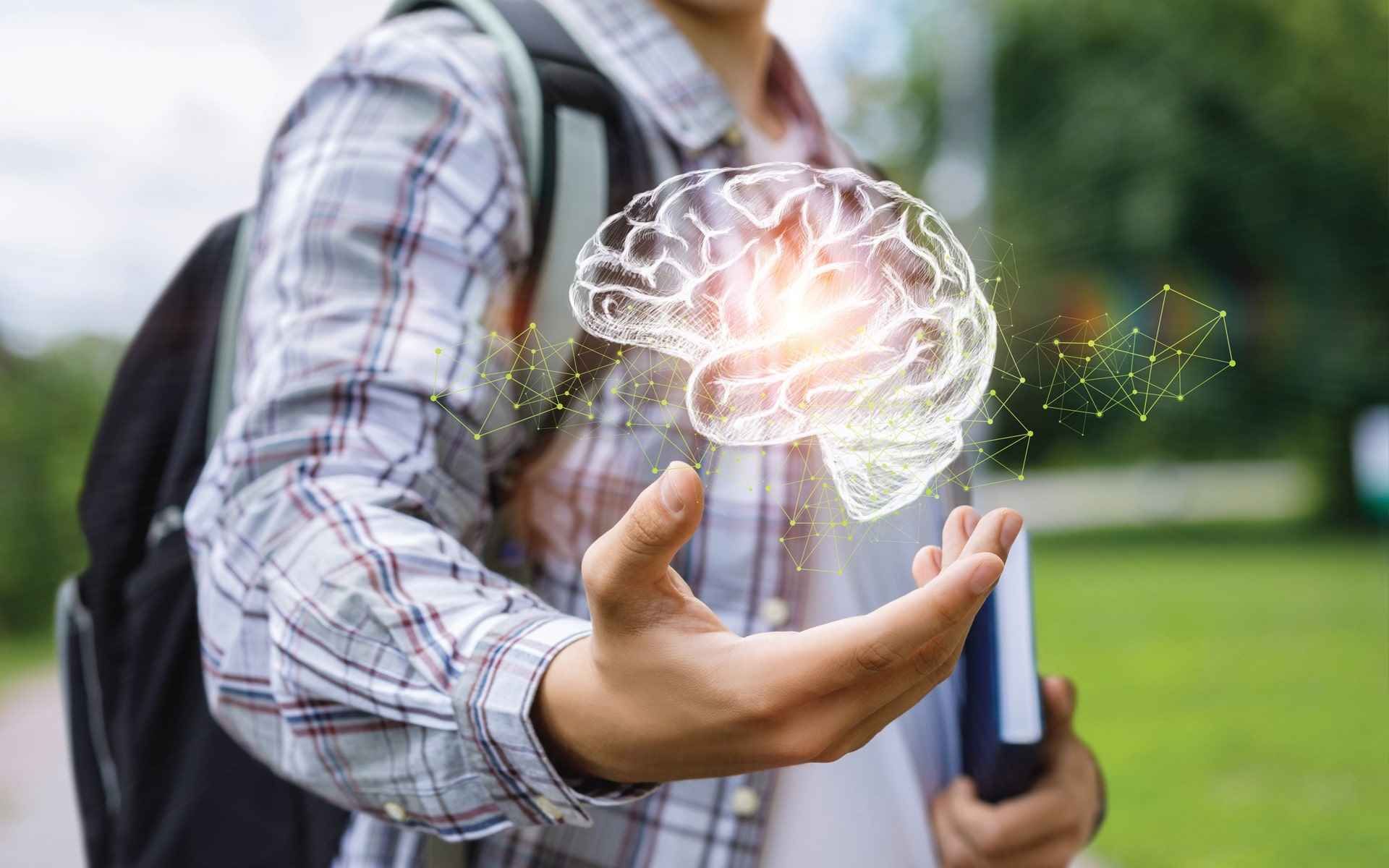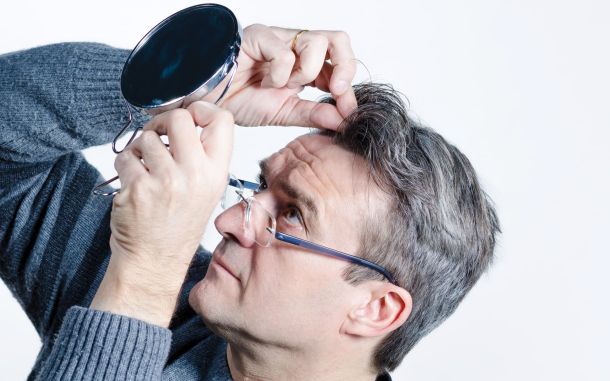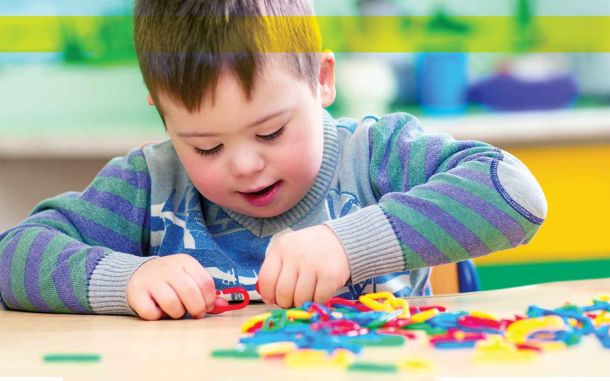Brain Development During Adolescence

In This Article
-
As of 1991, thanks to the functional MR (fMRI) technique we are now able to observe activities of a living brain.
-
Adolescence is a significant process in which great changes are experienced both physically and mentally. The structure and substance content of both the body and the brain are reconstructed during this period.
-
Children do not only need convenient physical environments, but also need spiritual environments where they can develop and realize their spiritual lives, feel their humanity, and establish cordial relations with God.
Until recently, the human brain was thought to complete its development to a great extent when the child is 5 or 6 years old. This was mostly theoretical, for we did not have the technology to visualize the brain of a living person in order to observe its development. This changed with the magnetic resonance imaging (MRI) technique, which began to be used in various applications in 1970s and enabled us to obtain more clear information about the structure and functions of the brain. As of 1991, thanks to the functional MR (fMRI) technique we are now able to observe activities of a living brain. fMRI technology is used to scan and visualize the specific region of the brain that is activated in the face of stimuli such as noise, vision, and thought. Therefore, the fMRI research carried out during the last ten years has been guiding research studies on how memory, language, pain, and learning occur as well as those on how emotions are formed with brand-new perspectives. New discoveries about the adolescent brain have radically changed our understanding of how students aged 11-18 learn.
Adolescence is a significant process in which great changes are experienced both physically and mentally. The structure and substance content of both the body and the brain are reconstructed during this period. Knowing the changes experienced by the adolescent brain during this period will be very useful for both parents and teachers as they support their children and students in their growth and settling their characters.
White matter
White matter in the brain is mainly made up of myelinated axons and glial cells. An axon is a long, slender projection of a neuron (nerve cell). Myelin is a white layer of a fatty dense sheath that surrounds an axon. The formation of myelin sheath is called myelination or myelinization. Glial cells in human body far outnumber neurons and although they do not transmit electrical signals they have essential functions by producing and maintaining the milieu for neurons to function properly. One of their functions is to destroy and remove harmful chemicals and dead neurons. Glial cells also play an active role in myelination. The electrical signals at axon terminals are transmitted to other neurons at junctions called synapses. There is no physical contact among most of the neurons, therefore the message at the synapses is transmitted chemically to other neurons through neurotransmitters. A myelinated axon transmits electrical signals at a rate 100 times faster than an unmyelinated one and the myelin sheath helps a neuron to regenerate faster. In other words, it restores in a markedly faster way to a state in which it transmits a new electrical signal. Once these two features are combined this results in a 3000-fold increase in the bandwidth if we liken a myelinated axon to an internet cable. Another function of the myelin sheath is to calibrate the coordination of the signals that come from other neurons. It allows for a graceful timing of transmissions so that signals that come from neurons that are both near and far can be received simultaneously. As a result of myelinization, the amount of white matter continues to increase linearly during adolescence until the end of the 20s. Adolescents, therefore, process information in a way much faster than that of children and can thus move, speak, make decisions, and react faster.
Gray matter
Gray matter is mostly composed of neuronal cell bodies, dendrites (short body extensions) and supporting cells. It also contains the connections linking neurons to other neurons, known as the synapses. A baby's brain has up to twice as many synapses as it will have in adulthood. A total of 60% of babies' energy is used by their brains compared to around 20-25% in adults. The volume of gray matter begins to decrease seriously during adolescence and this decrease can be attributed to a process called “synaptic pruning.” Through this process, the neural links that are not used or stimulated by environmental factors are pruned and eliminated. Although this sounds like a negative process, on the contrary, it is essential for a more efficient brain. The links that are unwanted and unused are destroyed. This is a very significant process that is partially influenced by one’s existing environment with a lasting effect in shaping a person’s life. An increase in gray matter occurs for a short term just at the beginning of adolescence. A second synaptic pruning takes place later during adolescence. This occurs most often in the prefrontal cortex region of the brain. This region has been implicated with many significant and vital functions of the brain such as planning, decision making, prioritization, strategy formulation, suppressing urges and desires, delaying gratification, understanding others and maintaining social interaction, and setting long-term goals.
One biological fact that will help us understand adolescents a little bit more includes the fact that myelination and brain development occur in a back-to-front pattern. That is, the prefrontal cortex, which controls the functions that implicate these vital and adult features, develops last and this corresponds to the years of life after age 20.
One’s social environment contributes significantly to synaptic pruning and regulation of the morphological structure of the brain. One dimension we can add to this fact is that children do not only need convenient physical environments, but also need spiritual environments where they can develop and realize their spiritual lives, feel their humanity, and establish cordial relations with God.
The source of adolescence problems: limbic system
The integrative parts of the limbic system, or as it is popularly known as the “emotional brain,” are the hippocampus, amygdala, thalamus, and the hypothalamus. The hippocampus is both the center of emotions and an important part of the memory. The amygdala, on the other hand, is the center for strong feelings such as anger, fear, joy, and pleasure. The limbic system is the region of the brain that controls most of the emotions and behaviors underlying the basic problems and characteristics of adolescents such as basic risk taking, motivation, hunger, sleep, long-term memory, excitement-seeking, reward-seeking, novelty-seeking, superiority of emotional expression, and priority of immediate needs. As already stated, the brain matures from back to front. That is, while the development of the limbic system is complete by adolescence the prefrontal cortex is not yet fully developed. If we liken the limbic system to a car's accelerator pedal, then the prefrontal cortex can be likened both to its steering wheel and its brake pedal. That is, adolescents are like a car with the accelerator pedal fully pressed but the steering wheel and brake pedal not working fully yet. Studies have found that in adolescent brains the nucleus accumbens, the region of the brain related to reward, motivation, and pleasure, is much more activated in the face of big rewards in comparison to the brains of children and adults. However, the impacts of small or uninteresting rewards or goals are even less in an adolescent brain than they are to a child's brain. I contend that this is an issue that parents and teachers should dwell on.
Studies have also shown that adolescents tend to take bigger risks in environments where their peers are present. It has been found that adolescents can think as maturely as adults in laboratory setting, that is in neutral conditions where emotions do not interfere. However, this completely changes in the presence of emotional interference, peer pressure, or other factors related to one’s peers.
Brain research has revealed that young people's brains tend to change in line with the external interventions, education, and rehabilitation they are provided with. The environment, which includes education as well, can play a significant role in shaping a young individual's brain. New information and developments related to brain development have brought about radical changes in the fields of education and pedagogy. New learning theories also necessitated the development of new and alternative teaching techniques that are congruent with the brain development model.
Reference
- Armstrong, T. (2016). The power of the adolescent brain: Strategies for teaching middle and high school students. Retrieved from https://www.weareteachers.com/wp-content/uploads/ASCD-2-Book-Sample-PoweroftheAdolescentBrain.pdf









